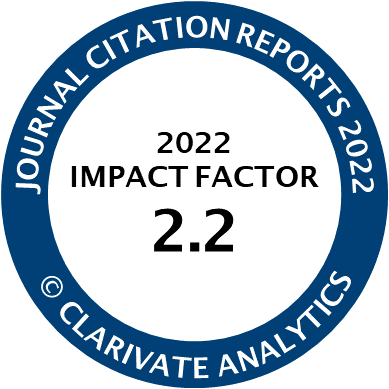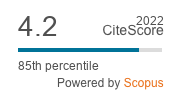Article | Open Access
Navigating Regional Regime Complexity: How and Why Does the European Union Cooperate With Regional Organizations?
| Views: | 1116 | | | Downloads: | 648 |
Abstract: The number of regional organizations in Europe has increased in the aftermaths of the Second World War and the Cold War. Whenever regional organizations share member states and are equipped with identical policy competencies at the same time, regime complexity comes into play. Unmanaged regime complexity has not only increased over time but can also bring about negative consequences that can reduce the effectiveness of regional governance. To address these challenges, regional organizations can turn into external actors and cooperate with each other. While some of these cooperation agreements are shallow, others are deep and differ in the specification of policy scopes, instruments, and designated arenas. Thus, we pursue the following research questions: (a) How frequently does the EU cooperate with other regional organizations in the regional regime complex? (b) How does the design of cooperation differ? We show that the EU is an active shaper of regime complexes, not only when it comes to constructing them in the first place, but also with respect to navigating complexity. The EU has entered formal cooperative agreements with most of the regional organizations with which it overlaps. The EU concluded many agreements because it possesses the necessary capacities and is able to speak with one voice externally. We show that the design of agreements is influenced by ideological distances with the other regional organizations.
Keywords: European Union; inter‐organizational cooperation; inter‐organizational relations; overlapping regionalism; regime complexity; regional organizations
Published:
Supplementary Files:
© Diana Panke, Sören Stapel. This is an open access article distributed under the terms of the Creative Commons Attribution 4.0 license (http://creativecommons.org/licenses/by/4.0), which permits any use, distribution, and reproduction of the work without further permission provided the original author(s) and source are credited.




